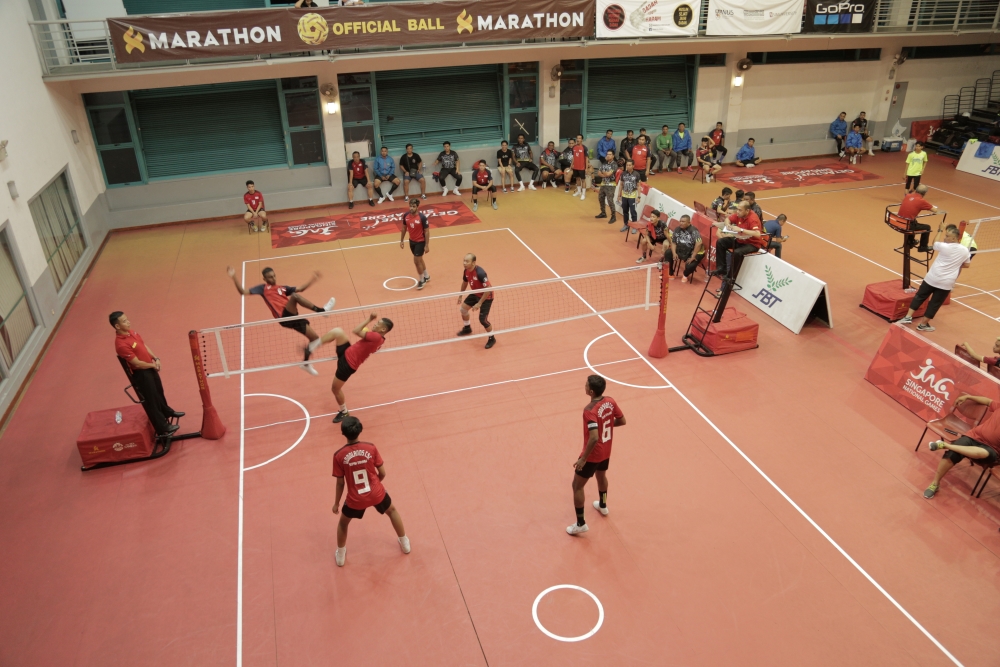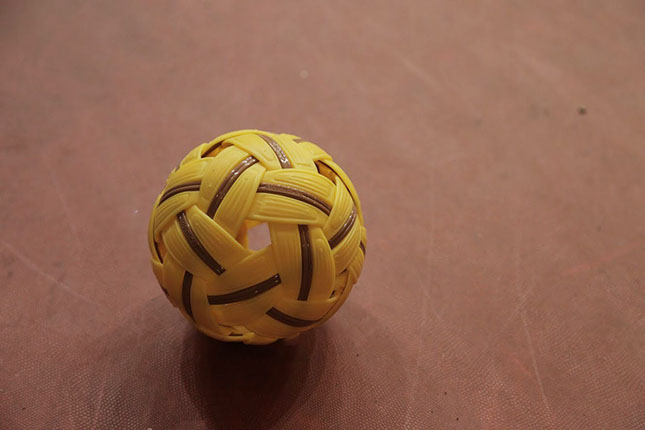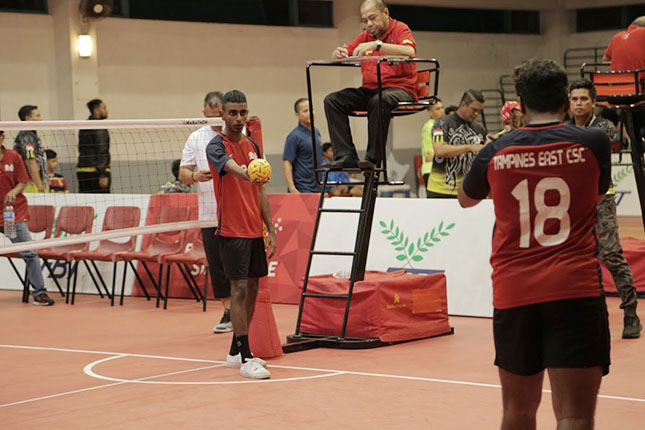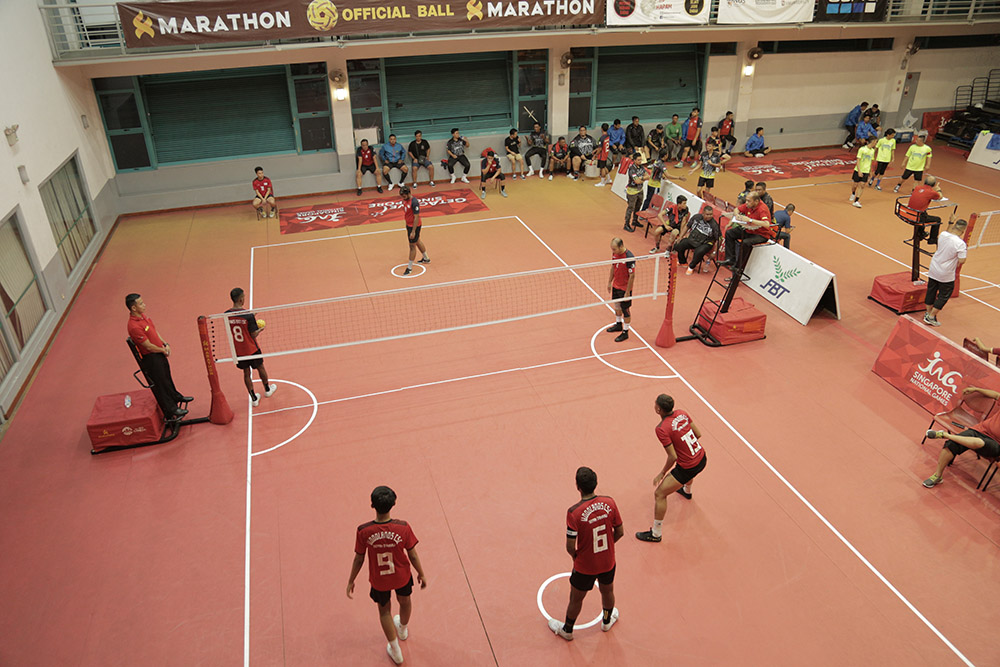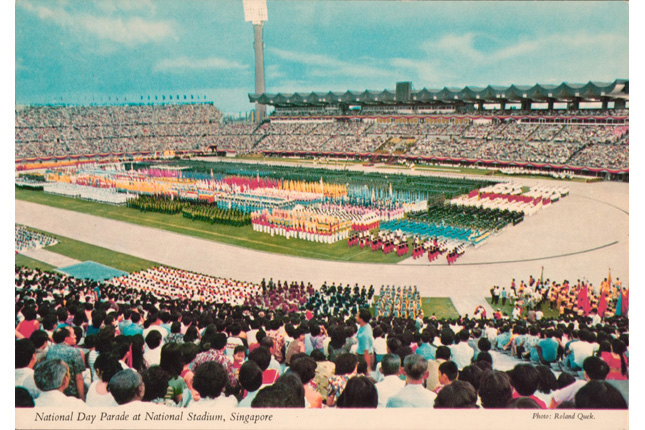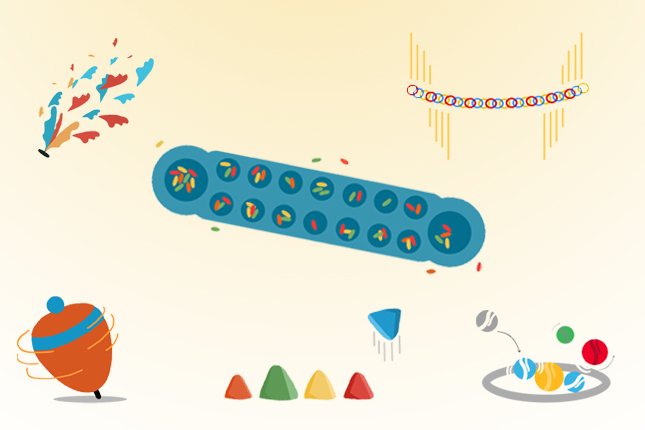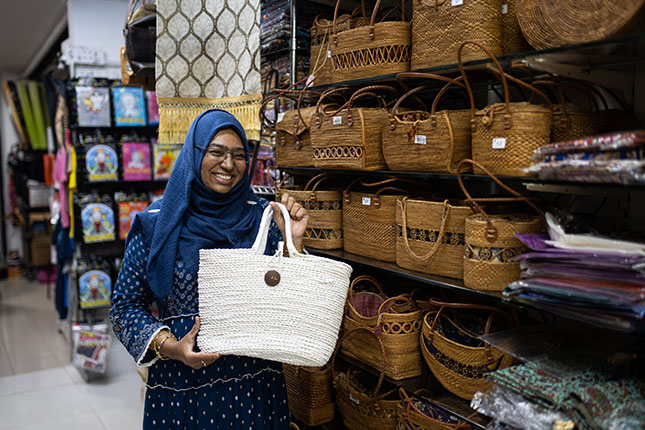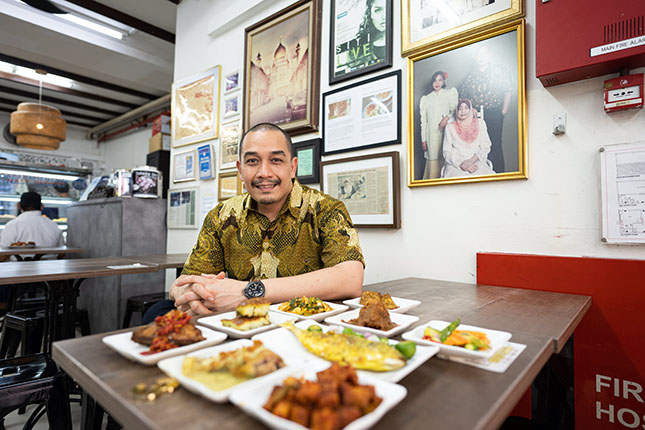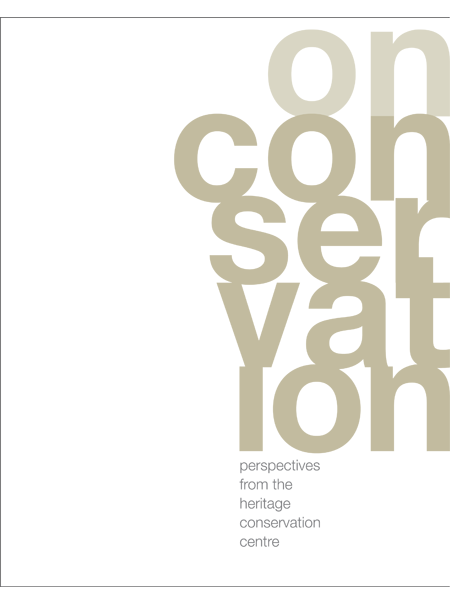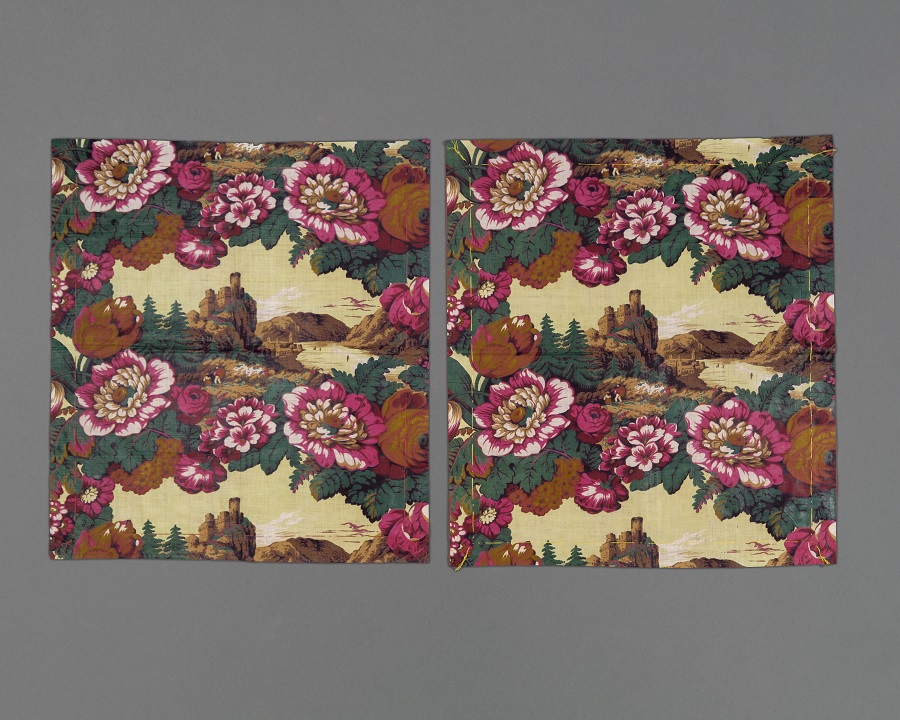Sepak Takraw
Sepak takraw is a sport native to Southeast Asia, involving a rattan ball being kicked over a net. The term sepak means ‘to kick’ in Malay while takraw is said to be derived from a Thai word for the rattan ball. The sport is played by two opposing teams, where players volley a rattan ball over a net, ensuring that it does not touch the floor. Each team is called a regu and comprises of three players.
In Malay, the game is often known as sepak raga (to kick with the body). Other terms that have been used for this sport include sepak raga jaring (to kick over the net with the body), or sepak bola rotan (kicking a rattan ball).
The introduction of the term sepak takraw, rather than sepak raga, was a result from a meeting in 1960- where delegates from Malay, Singapore, Indonesia, Lao and Thailand met in Kuala Lumpur and agreed to standardise the rules for the game, and to officially term the sport as sepak takraw.
Geographical Location
The origin of the sport is unclear, and there are sources which mention the ball game being played in the Malaccan Sultanate during the 15th century, or even earlier.
Today, the playing of sepak takraw is not confined to Southeast Asia, and countries such as Japan, Korea and India have sepak takraw teams that participate in international competitions.
In Singapore, sepak takraw, or sepak raga as it was termed, was at a height in popularity in the 1950s and was commonly played in Malay villages, including areas such as Kampong Eunos, Geylang Serai, Kampong Ubi and Kampong Kembangan, Close ties were forged between and within these different villages in Singapore, forming a social network of sepak raga or sepak takraw.
With urban redevelopment in the 1970s and 80s, there was a decline in the sport being played. At the Housing Development Board (HDB) flats and estates that were built, some of the residents continued to play the sport, improvising by adding on sepak takraw markings on badminton courts present in the communal areas. There are presently communities within neighbourhoods that still organise and play the sport within housing estates and at community centres.
Increasingly, sepak takraw is played in the context of competitions, including those that take place in schools, community centres, as well as at regional and international championships.
Communities Involved
In Singapore, the game is strongly associated with Singapore Malays. Nonetheless, sepak takraw in Singapore has not been played exclusively by Singapore Malays. Many non-Malays are involved and some have represented the country in international competitions or taken up leadership roles. The teams today are often multi-ethnic. There are also existing networks of sepak takraw teams at community centres and clubs, where annual competitions are facilitated by People’s Association and Sport Singapore.
The Persekutuan Sepak Raga Singapura (PERSES), registered in 1959 as an umbrella organisation for sepak raga associations, is the national body that oversees sepak takraw activities in Singapore today. It aims to encourage male and female of all ethnic backgrounds to play sepak takraw.
At the regional and international level, governing bodies of sepak takraw include the Asian Sepaktakraw Federation (ASTAF) and the International Sepak Takraw Federation (ISTAF), which are both based in Singapore.
Associated Social and Cultural Practices
The game is a team sport that involves intensive communication between team mates when defending and attacking, as well as mastery of control of the ball using just the feet, knee, chest and head, as the use of hand is strictly prohibited. Each team is allowed a maximum of three touches to pass the ball over the net, to the other side of the court.
The three main positions in a team (regu) comprises the server, fielder and “killer” or striker who spikes the ball into the opposing team’s half of the court. In Malay, the server is called the tekong, the fielder called apek kanan, and the striker called the apek kiri. Kicking techniques have Malay names like sepak silap (side volley), ribas pari (flying volley), sepak silang (cross court kick) and the gunting (scissors kick).
The game fosters a sense of teamwork and shared communal identity. In the past, villagers would past time and interact through the game, gathering in a circle and passing the ball from one player to another, counting the number of passes they have successfully kicked. Sepak takraw was also played during festive events and celebrations in areas across Southeast Asia. The game continues to be played as a community sport, fostering communal ties.
Experience of a Practitioner
Mr Meswan Satin is the Vice President of PERSES and a sepak takraw coach. He started playing the sport when he was still a child living in Kampong Ubi. For instance, one activity that he played with other children in the area was to toss and kick (timang-timang) the rattan ball around a circle in the air, which he described as ‘feeding’ the ball to ‘serve’ with the feet in ‘kick circles’ called bulat-bulatan. Although he started out by learning the sport informally, he eventually learned the rules of the game. He was then able to represent his school in competitions and subsequently progressed to play for Sri Kallang Sepaktakraw, a well-established club in Singapore that was formed in 1961 and dubbed ‘Gergasi Sepaktakraw’ (sepak takraw giants in Malay). Mr Meswan went on to play for the national team in the 1970s.
Present Status
Mr Meswan is confident of the future of sepak takraw due to the work of PERSES in mentoring young players from different schools. However, he believes that producing a strong national team will be a challenge as Singapore does not have any full-time sepak takraw players. Most players on the national team play on a part-time basis, and hence cannot concentrate solely on the sport. Nonetheless, there remain young players who enjoy and continue to participate in the sport both on a professional and leisure basis.
PERSES continue to safeguard sepak takraw in Singapore through generations. It organises tournaments for schools and the National League, which is an annual nation-wide sepak takraw competition. Besides this, they also manage the national sepak takraw team and help organise international sepak takraw competitions in Southeast Asia and across Asia.
References
Reference No.: ICH-073
Date of Inclusion: October 2019
References
Halim, A.K., Sarip, A.N. & Seth, Ismail. Sepak takraw: Sport of the Brave – Present, Past, Future. NETUCC Press: Singapore, 2008.
International Sepak Takraw Federation (ISTAF) “Laws of the Game”, 2016. http://www.asianSepak takraw.org/wp-content/uploads/2017/09/Law-of-the-Game-2016-as-per-Oct-2016-V1.0.pdf. Accessed on 25 March 2018.
Lim, Peng Han & Aman, Mohd Salleh. The History of the South East Asian Peninsular Games, 1959–1975. The International Journal of the History of Sport, 33(5), 545–568, 2016.
Nishiyama, Yutaka. “The Sepak Takraw Ball Puzzle”. International Journal of Pure and Applied Mathematics, 79(2), 281–291, 2012.
Sanitate, R., Harney, J., Schiro, M., Wollbrinck, D., Carrigg, M., & Buell, C. “Takraw: A Global Sport”. Strategies, 11(4), 29-33, 1998.
Suriani, S & Siti Hajar, E. ‘Malay Community and Culture’ in Mathews, M. (ed). The Singapore Ethnic Mosaic: Many Cultures, One People. Singapore: World Scientific, 2017.




